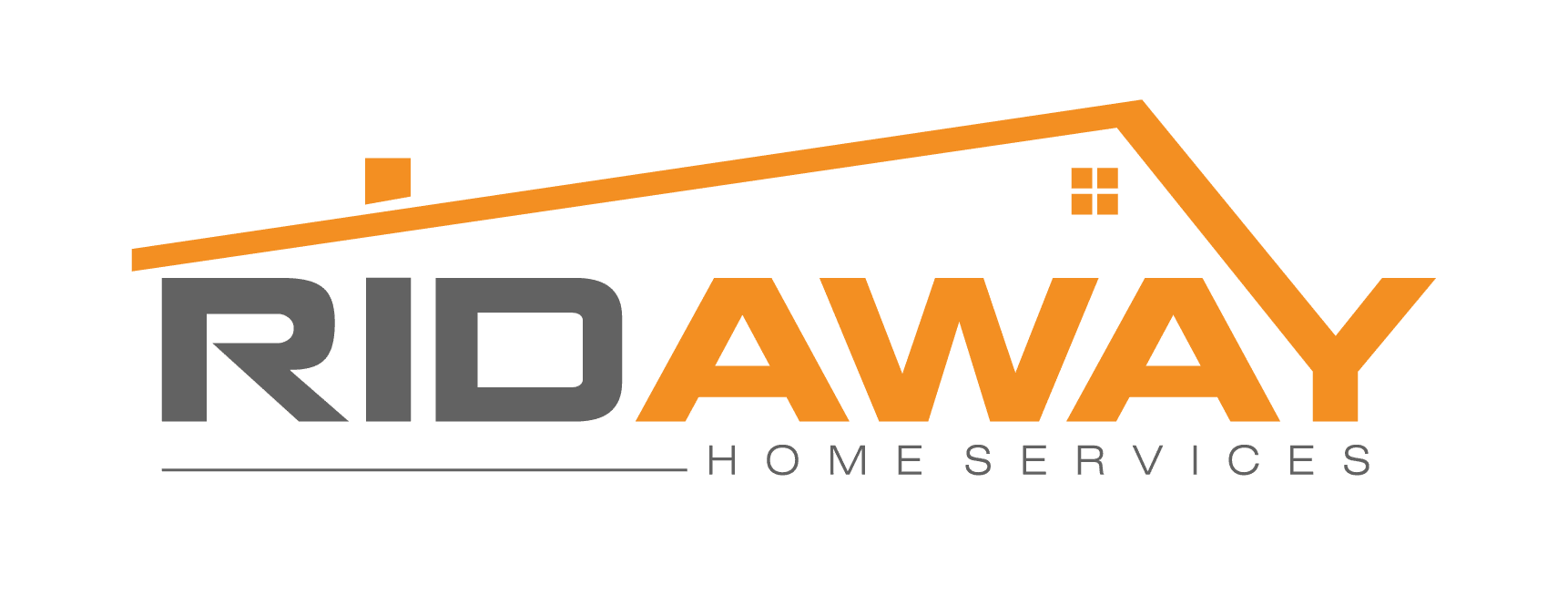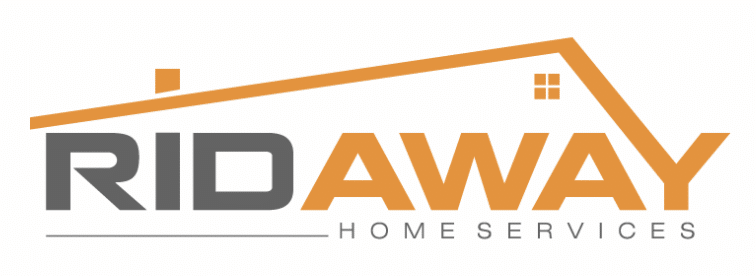Restoring water damage is not an easy subject. Your home may sustain significant water damage due to leaking pipes, broken sewage lines, and natural calamities. Therefore, it’s crucial to pinpoint the water damage to your property and take immediate action to stop future damage.
The good news is that a professional water damage restoration method can completely fix issues. However, if you consider hiring a water damage specialist, prepare for the procedure by knowing what to expect and how to prepare your home.
What Can Water Damage Affect?
Water is essential for life, but it also has the power to destroy everything in its path, leaving you with a huge mess to clean up. Knowing what portions of your house water can seriously harm you if you’re a homeowner is essential. To be safe, always look for damage in the places listed below:
- Drywall
- Plaster
- Insulation
- Wood
- Framing
- protection for flooring
- energy wiring
- Pipes
- Appliances
- HVAC
As you can see, water can severely damage your home’s foundation and, if ignored, it can quickly escalate into a restoration expense. Therefore, quick action is critical before the damage worsens.
What should I think about before restoring water damage?
Before deciding whether to clean up the area yourself, you should examine the situation and consider a couple of the following factors.
Water Volume
You can usually handle a little or moderate amount of water in your home on your own if you have the right gear. However, it might be wise to call a professional if there is significant flooding that won’t go away despite your attempts.
It might not be the best time for a DIY project if your neighborhood is still recovering from a significant storm or natural disaster and your home has sustained considerable damage. Pay attention to your local disaster relief authorities’ advice and leave these repairs to the professionals.
Source of Damage
Before restoring the water damage, find out where the water is coming from. There are three types of water you need to be on the lookout for when you have a flooding issue in your home.
- Clean water: Obtained from rain or dripping pipes, this water is safe to handle and does not contain dangerous chemicals.
- Gray water is potentially contaminated water that seeps from appliances like your dishwasher, toilet, or washer.
- Blackwater: The most hazardous type of water produced by river floods or sewage backlog. Handling it is frequently unsafe and can be harmful to your health.
Damage Level
Gauge the damage’s severity. While minor damage is typically doable by the homeowner, fixing extensive damage without the help of a professional can be difficult and dangerous. For instance, if water from an upper level causes the floor to seep into the ceiling, you cannot safely repair the damage.
Tips for Restoring Your Home after Water Damage
After thoroughly assessing the problem, consider these water damage restoration strategies to guarantee that repairs are finished swiftly. : You must act immediately since moist materials start to: It is significant to remember that mold starts to grow after 24 hours, so hurry!
- Unplug the outlets
It would be best to disconnect any electronic devices when you see water damage in your home. In addition, exercising caution around gas lines and appliances is essential even though the amount of water damage might not yet be apparent. Despite the circumstances, using this equipment could result in electrical shocks or even explosions.
- Examine mold
Some types of mold are toxic to people and are dangerous to their health. When mold infests a space, it usually spreads quickly. Therefore it is in your best interest to check for growth to prevent health risks. After that, you can just cut out the troublesome region, bag it, and throw it away right away for minor problems. To stop contamination, you must shut off all airflow in cases of severe mold infestations before contacting a mold expert. It’s common for mold to develop inside walls or floors, so this must be carried out frequently throughout the repair.
- Dried-up Water
You must eliminate any moisture and dry off the affected areas to stop additional damage. For example, you might use fans or a dehumidifier with a large capacity to move the air and dry the carpet, wood, and other adjacent items. Even though doing this won’t entirely stop mold growth, it will at least lessen the harm.
- Eliminate damaged materials
If porous objects, such as carpets or insulation, get saturated with water, you must discard them to avoid mildew. Again, it’s essential to start by paying attention to the ground and ceiling.
According to One drop, there may be a lot of germs and other dangers that could harm your health. It’s critical to sanitize very away because the water may promote mold formation. Before you start the process, you should clean the entire area after removing the damaged items. Before continuing with the cleaning, spray and wipe the surfaces with bleach to prevent the growth of mold spores.

While water damage can cause homeowners a lot of anxiety, it is possible to return your house to normal by taking the proper measures. However, to prevent any health risks, it’s crucial to thoroughly examine the problem before beginning your restoration.
It’s always a good idea to leave water damage restoration to the experts like Ridaway if you need advice or think the damage is too severe for you to handle. But, thanks to our dedication to customer service and industry knowledge, you’re in excellent hands. Your home will be dried while we dry your tears.
For Help with Water Damage Restoration, Dial a Pro!

